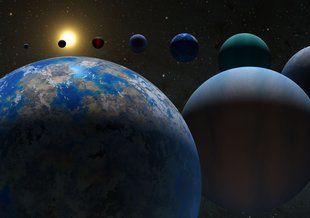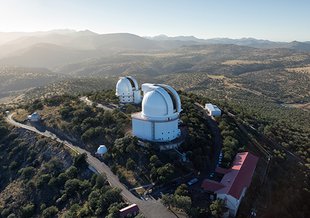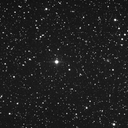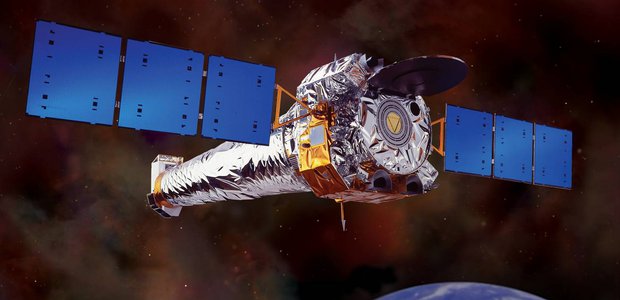- Launch Date February 01, 2019
- Arrival Date February 01, 2019
- Mission TypeGround Based Telescope
- TargetExtrasolar Planets
Mission Overview
The Habitable-Zone Planet Finder (HPF) is an astronomical spectrograph designed to provide high precision measurements of infrared signals from nearby stars. HPF measures the radial velocity of nearby stars, allowing astronomers to detect subtle changes in a star’s spectra as it is tugged by orbiting planets. The HPF is coupled to the 10-meter Hobby Eberly Telescope at the McDonald Observatory, University of Texas at Austin.
Relevance to Astrobiology
The precision of the HPF could allow astronomers to detect potentially habitable planets around cool stars. One goal is to find such planets that are capable of supporting liquid water on their surfaces. With the discovery of numerous planets orbiting distant stars, the search for Earth-like planets that could support life as we know it has become a major focus of research at the NASA Astrobiology Program.
The Astrobiologists
Astrobiologists supported by the NASA Astrobiology Program are working with data returned by HPF. The search for habitable worlds beyond the Solar System is a primary focus of the astrobiology program. Data from HPF is directly relevant to the scientific goals of Research Collaboration Networks supported by the Astrobiology Program, including NExSS.






